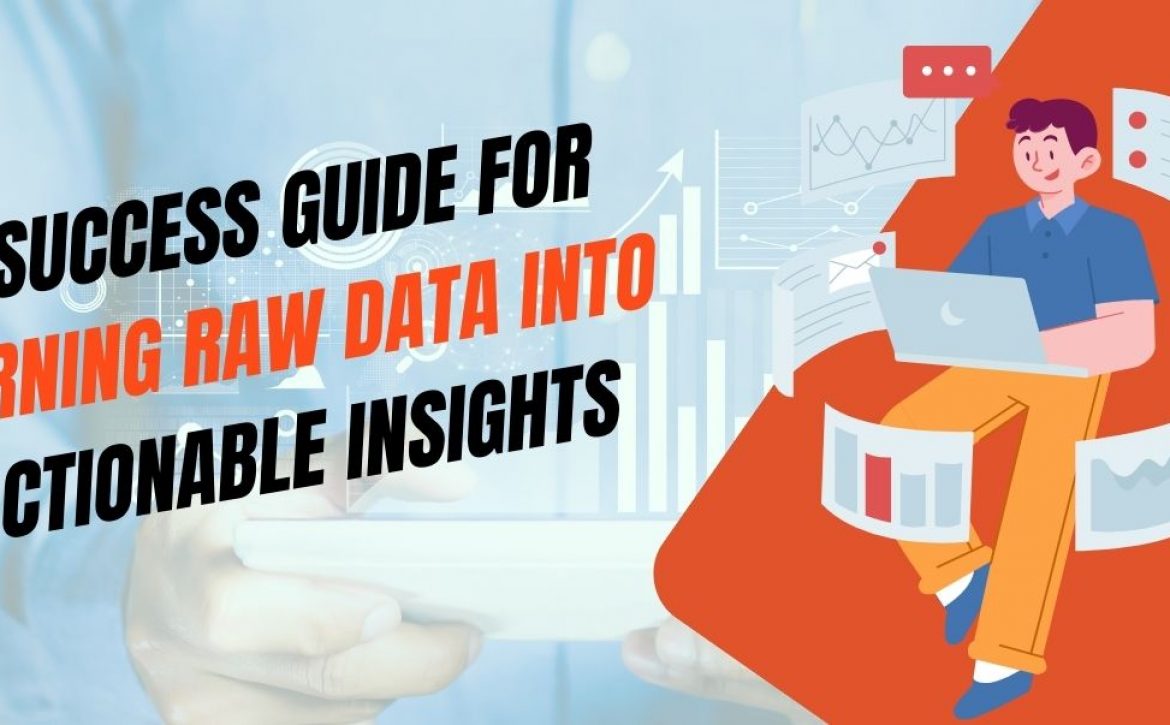What is Resume Parsing? A Beginner’s Guide
In today’s fast-paced hiring landscape, recruiters and HR professionals face a massive inflow of resumes for every job posting. Manually going through hundreds—if not thousands—of applications is time-consuming and prone to human error. That’s where resume parsing steps in as a game-changing technology.
If you’re new to resume parsing, don’t worry. This beginner’s guide will walk you through everything you need to know—what it is, how it works, its benefits, and why it’s a must-have in modern recruitment processes, especially for companies that handle bulk resume data.
Welcome to the world of automated resume processing—welcome to Computyne’s guide to resume parsing.
Understanding Resume Parsing
Resume parsing—also known as CV parsing—is an AI-powered process that extracts relevant information from resumes and converts it into structured data. Instead of reading resumes one by one, recruiters can rely on resume parsing software to automatically pull details such as:
- Candidate Name
- Contact Information
- Educational Background
- Work Experience
- Skills and Certifications
- Social Media Links
This structured data is then stored in a database, enabling fast and efficient candidate sorting and shortlisting.
How Does Resume Parsing Work?
At the core of resume parsing is Natural Language Processing (NLP) and machine learning algorithms. These technologies are trained to read and interpret the language of resumes, regardless of formatting differences.
Here’s a simplified breakdown of how the parsing process works:
1. Resume Upload: Resumes are uploaded into the system in various formats like DOC, DOCX, PDF, or TXT.
2. Data Extraction: The parser scans and extracts key data points.
3. Classification: The extracted data is categorized into logical sections (education, experience, etc.).
4. Structuring: This information is then formatted into a database-friendly structure.
5. Integration: Parsed data is stored or integrated into HR management platforms or ATS for further action.
Even resumes with complex formatting or unconventional layouts can be parsed accurately, thanks to advanced AI models.
Why Is Resume Parsing Important?
Imagine a recruiter spending 6-7 minutes on each resume. For 500 resumes, that’s nearly 60 hours of manual work. Resume parsing brings that time down to just minutes, allowing recruiters to focus more on human decision-making and less on data entry.
But that’s not all. Here are more reasons why resume parsing is becoming indispensable:
1. Saves Time and Increases Efficiency
By automating the data extraction process, resume parsing allows teams to process large volumes of resumes in a fraction of the time.
2. Improves Accuracy
Unlike manual entry, automated parsers reduce the chance of human error. The data is consistent, well-formatted, and easy to search or filter.
3. Enhances Candidate Experience
Quick responses and seamless application tracking mean a better candidate experience, which is crucial in a competitive job market.
4. Supports Better Decision-Making
Structured data allows recruiters to make data-driven decisions based on skills, experience, or keywords, rather than just a “gut feeling.”
5. Scales Recruitment Easily
For staffing agencies or large enterprises, resume parsing is the only scalable way to handle thousands of resumes efficiently.
Use Cases of Resume Parsing
Resume parsing has applications across various domains:
- Recruitment Agencies: To match candidates quickly with client requirements.
- HR Departments: To manage large-scale hiring or campus recruitment.
- Job Portals: To help users build searchable profiles from uploaded resumes.
- Outsourcing Firms: Like Computyne, that offer data processing services for resume libraries or databases.
Computyne’s Role in Resume Parsing
At Computyne, we understand that data quality is the foundation of effective decision-making. Our resume data entry services and resume parsing solutions are designed to help businesses extract structured, high-quality data from unstructured resumes at scale.
Here’s how we make a difference:
- Manual + AI Hybrid Approach: While we use automated tools, our experts also perform quality checks to ensure no crucial detail is missed.
- Customized Parsing: Whether you’re looking to extract all resume fields or specific data points like certifications or LinkedIn profiles—we tailor the solution to your needs.
- Global Scalability: Our team handles resume parsing for clients across continents, with multilingual support and format compatibility.
- Data Privacy Compliance: We ensure all parsed resume data is stored and processed in compliance with international data privacy laws.
By outsourcing your resume parsing needs to Computyne, you’re not just saving time—you’re upgrading your hiring process.
Challenges and How to Overcome Them
While resume parsing is powerful, it’s not without challenges:
- Inconsistent Resume Formats: Not all candidates follow the same structure, which can confuse basic parsers.
- Uncommon Keywords: Some industry-specific terms may be missed.
- Poorly Scanned Documents: Image-based PDFs or scanned files may not be parsed accurately.
At Computyne, we tackle these challenges head-on through smart technology, continuous learning algorithms, and expert human review.
Resume parsing is no longer a futuristic concept—it’s a present-day necessity. Whether you’re a startup scaling up your hiring or a multinational firm managing huge resume databases, automation is the key to staying competitive.
By partnering with a trusted outsourcing company like Computyne, you gain access to expert resume data entry, parsing accuracy, and scalable support.
Ready to transform your recruitment process? Let Computyne help you pave the way to success.



